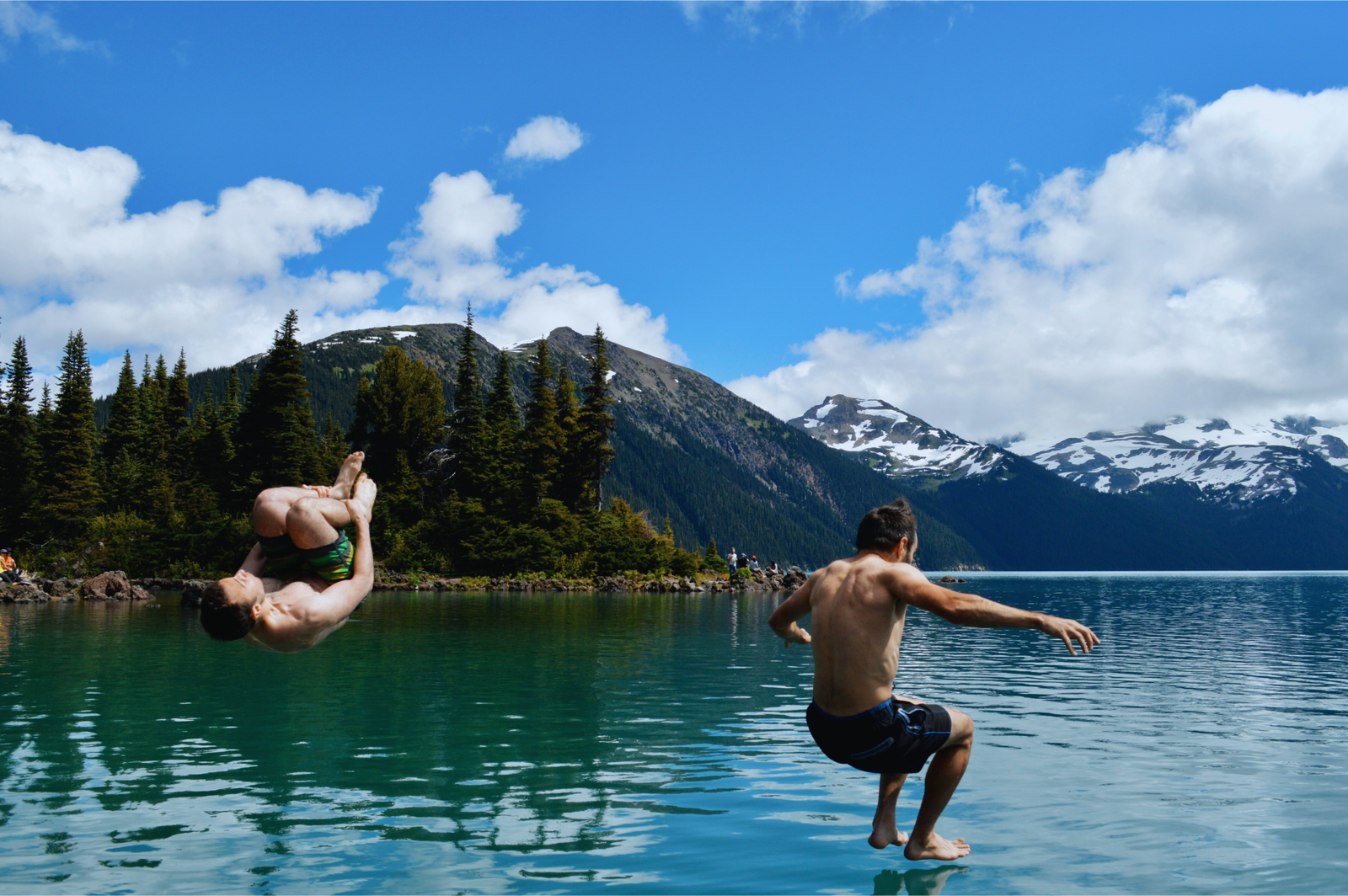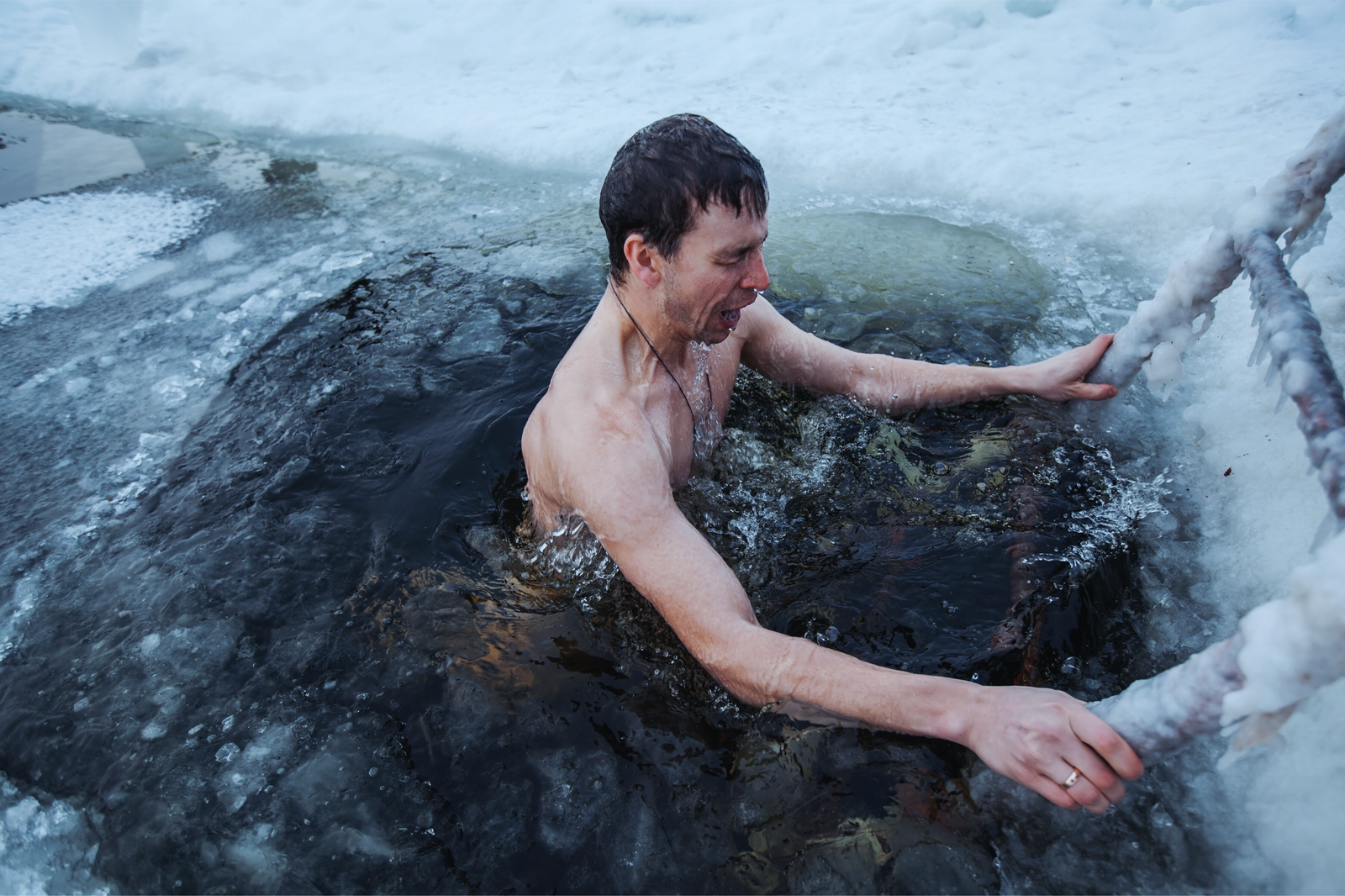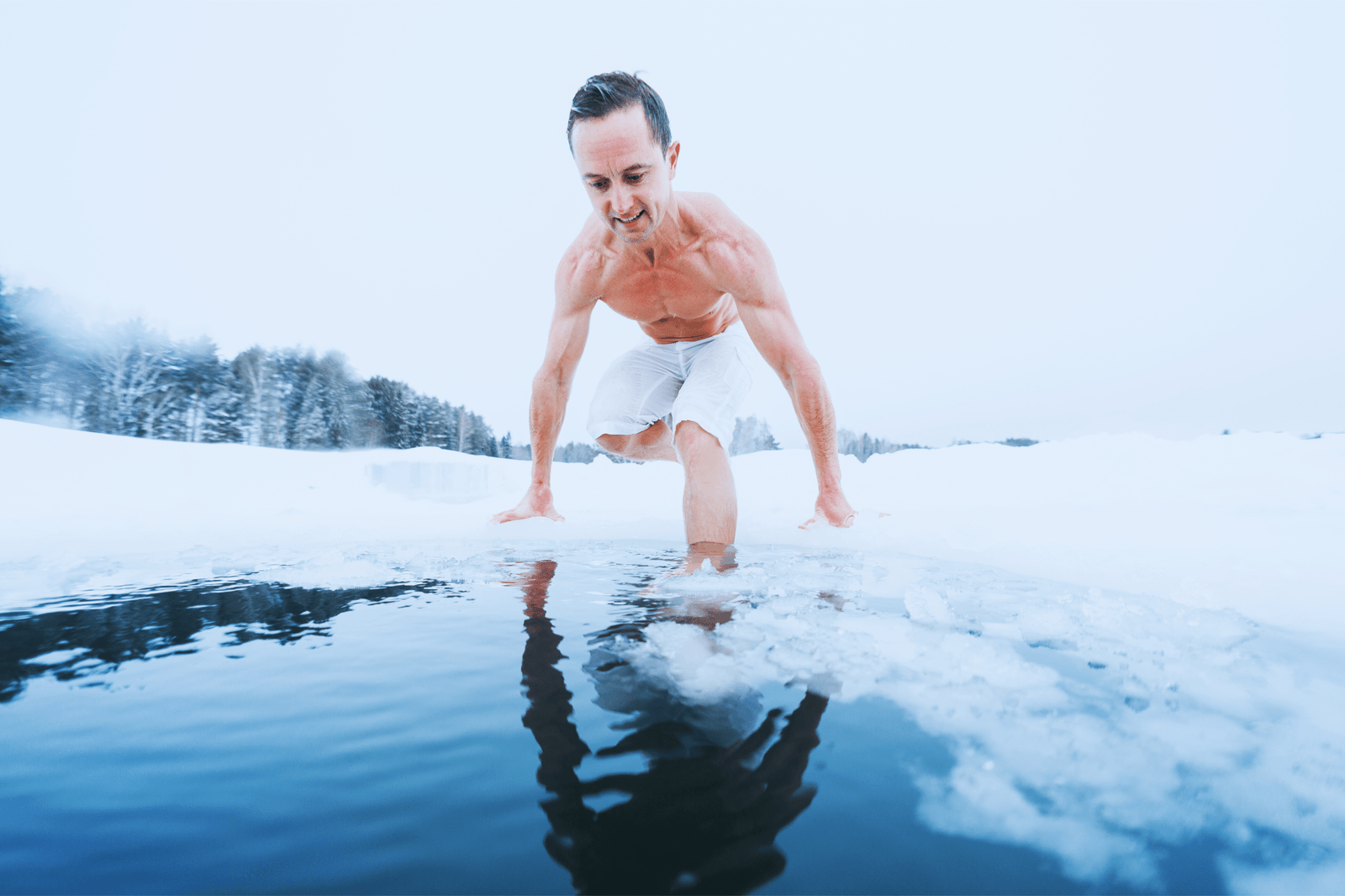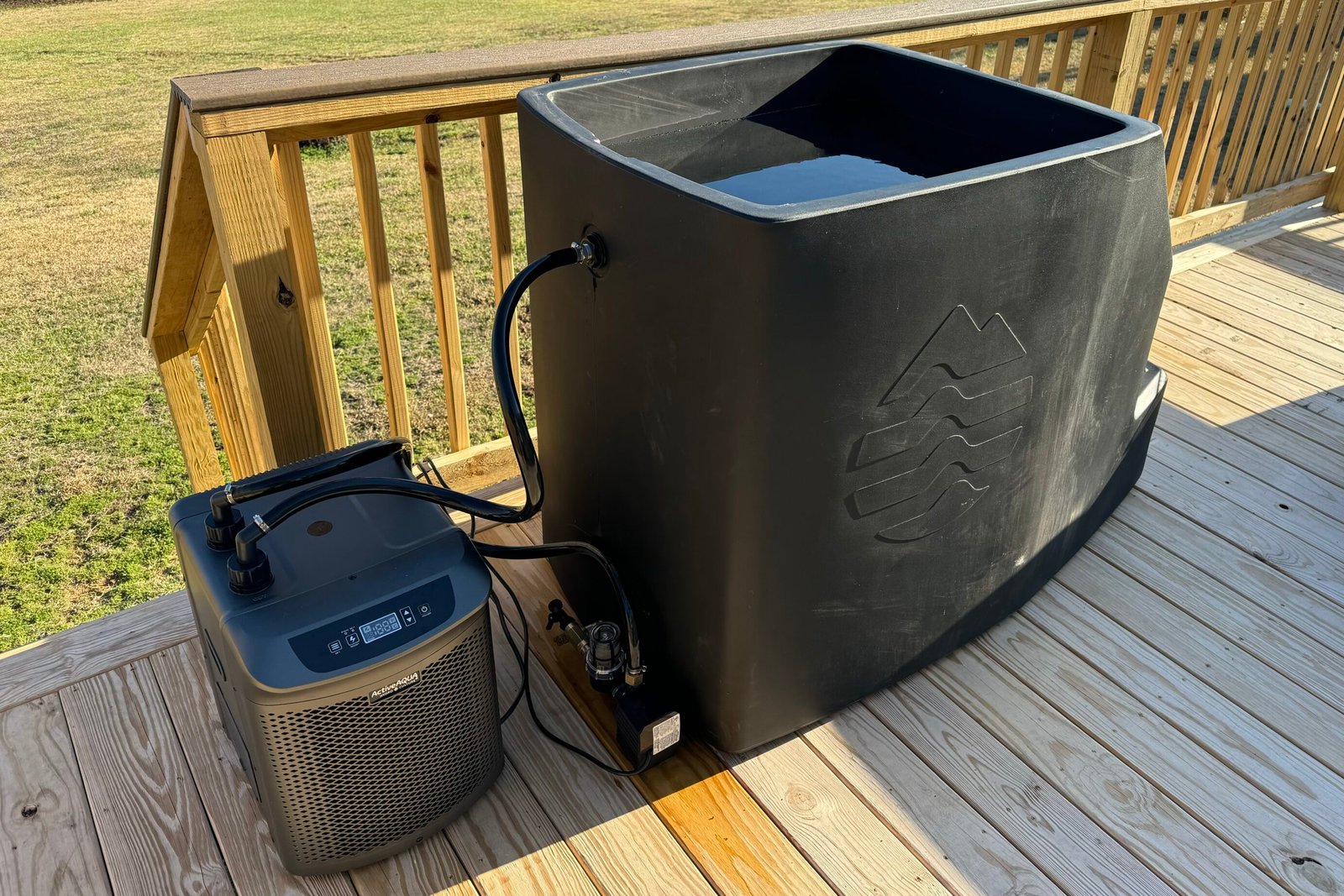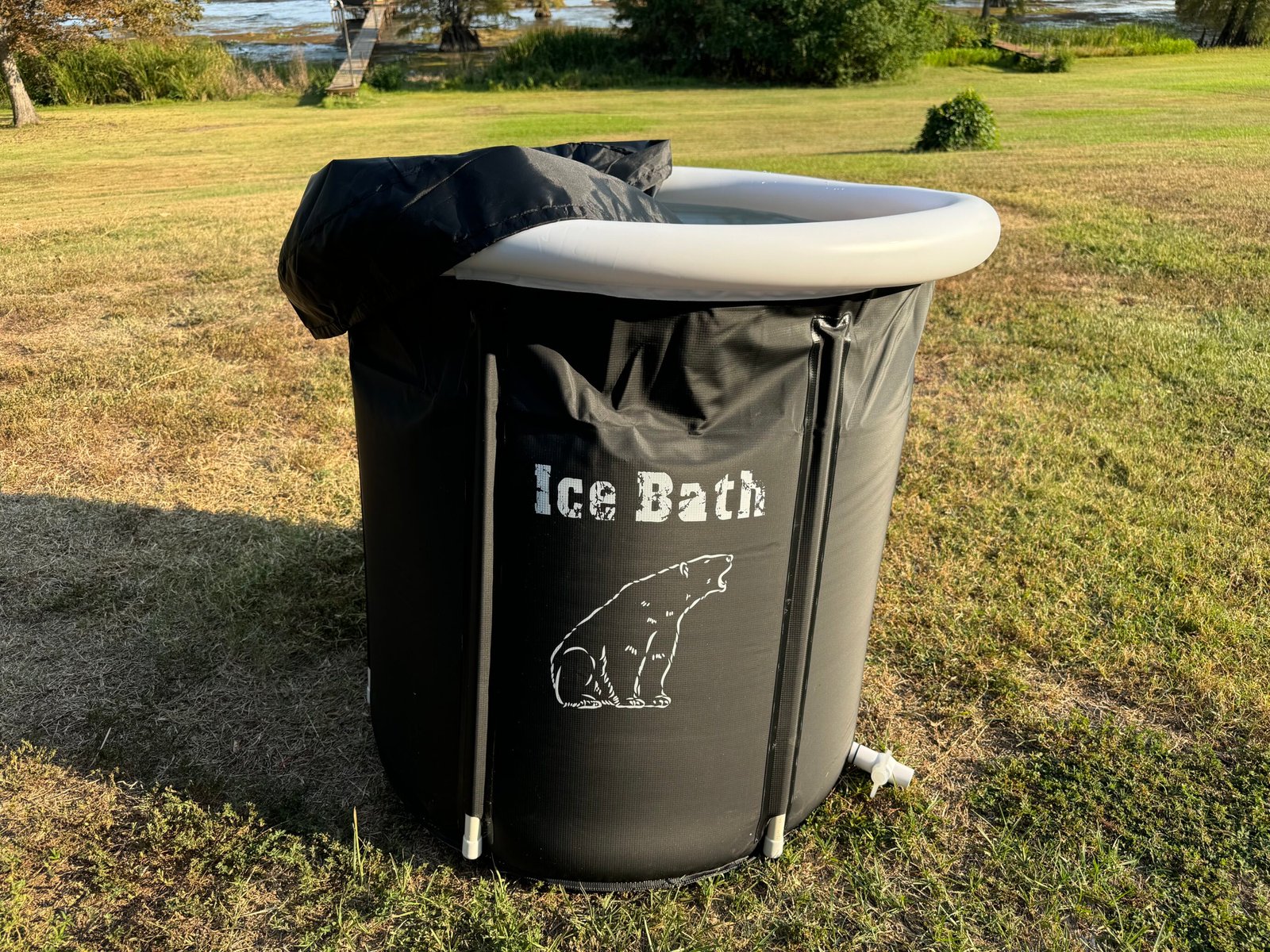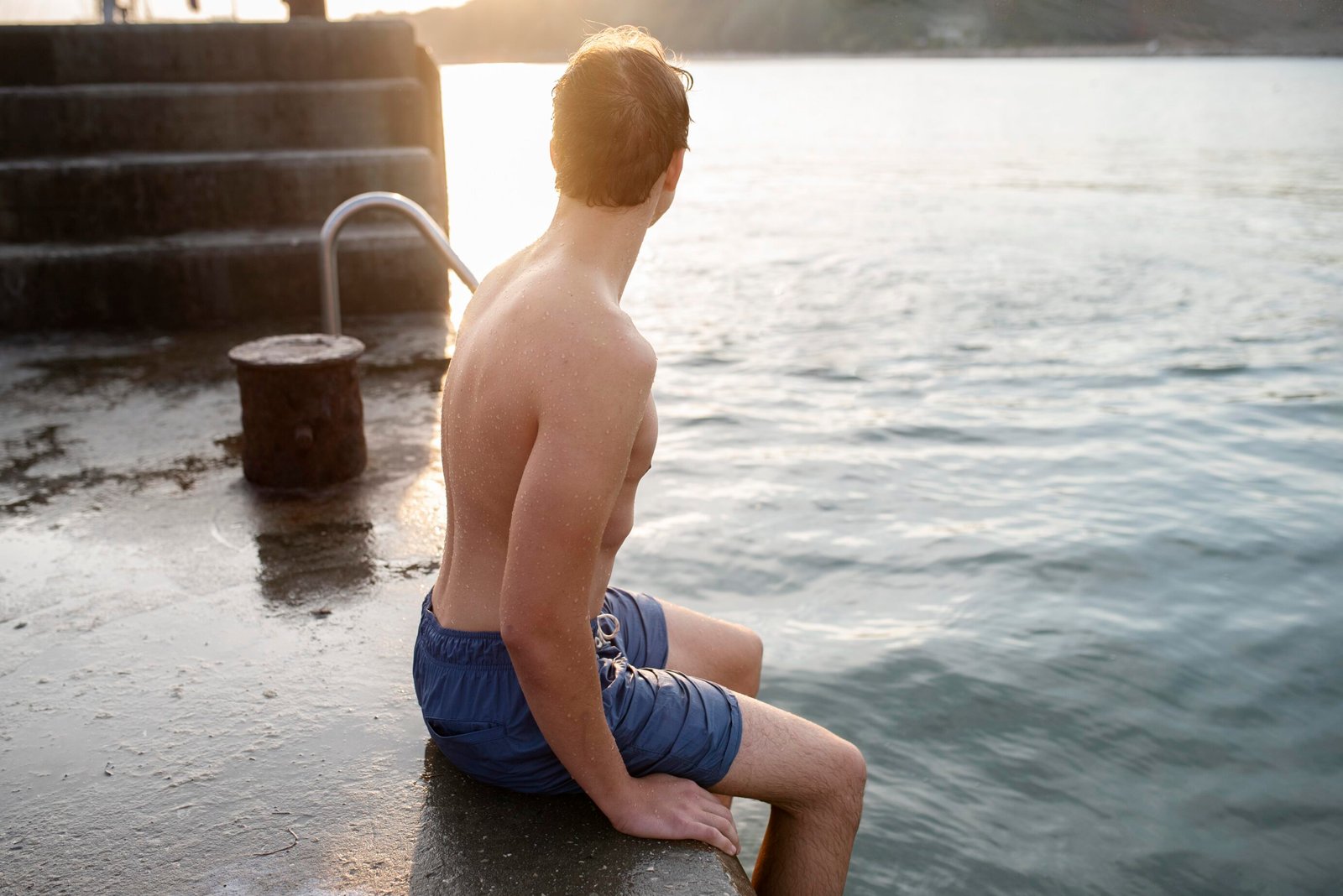Effective Ice Baths for Anxiety

The initial shock of the cold water triggers the body’s response to stress and releases neurotransmitters and endorphins. These chemicals will improve your mood, reduce stress, and make you feel better instantly.
Learn how effective ice baths for anxiety can help prevent anxiety and how cold therapy can calm anxiety attacks at the moment.
What is cold water therapy?
Cold water therapy, also known as cold water immersion, is submerging your body in cold water to stimulate physical and mental responses. This can be ice baths, cold showers, or cold plunges.
Many short and long-term mental health benefits, including reduced anxiety and depression, have been shown to come from cold water immersion.
Getting out of my head
On the last day of my freshman year of high school, I broke my left ankle playing soccer. Summer, which I always looked forward to, was ruined. To make matters worse, my dad was dying from cancer. Every day, he was getting worse, and I was consumed by anxiety and depression.
During my recovery, I started physical therapy, and at the end of each session, I would wrap my ankle in an ice pack for about 15 minutes. At first, the cold was to help with the physical pain, but soon, I realized it was more than that.

The cold got me out of my head and gave me a break from my anxiety and negative thoughts. It didn’t care about my anxiety, it was just cold. This objectivity was exactly what I needed during that tough time.
Fight-or-Flight
Before you intentionally put yourself in fight-or-flight mode, your might be stuck in a loop of worry and overthinking. Cold water breaks this cycle by rapidly increasing your heart rate and blood pressure and producing key neurotransmitters like norepinephrine and adrenaline.
According to Dr. Rhonda Patrick, staying in cold water for 20-40 seconds at 39°F (3.8°C) can fully activate the fight-or-flight response.
Short and long-term effects
From my own experience, regular cold water exposure changed my mental state in the short and long term.
In the short term, it gave me immediate relief from anxiety and stress because with the fight or flight system activated, I couldn’t focus on anything but the cold. This interrupted my negative thoughts and helped me be present.
Over time, I noticed changes to my default thinking. Situations that used to trigger anxiety, no longer had the same effect. The regular cold shock trained my brain to better categorize real danger (freezing water) and perceived danger (‘what ifs’ and other irrational thoughts that don’t really matter).
Instead of dwelling on the past or worrying about the future, I find it much easier to focus on what’s happening right now.
Impact on Dopamine
One of the most significant benefits of cold water therapy is its impact on dopamine, the pleasure and motivation neurotransmitter. Research shows cold water immersion can increase dopamine levels by up to 250%, with effects lasting several hours after the session.
When cold plunging at 59°F (15°C) or below, the body’s fight-or-flight response increases dopamine, adrenaline, and norepinephrine. The colder the water, the quicker neurotransmitters are released, leading to a more significant mood boost.

Safety
Before you take an ice bath, consult with a doctor, especially if you have any underlying medical conditions. It’s also good to have someone nearby or at least inform someone, as the initial cold shock can be intense and dangerous.
- Start with only cold water and gradually add more ice each time you bathe in ice.
- Use a water chiller to monitor the water temperature and aim for 45-55°F (7-13°C).
- Try to submerge your entire body below your neck and stay in for roughly 4 minutes.
According to Andrew Huberman, the water temperature should be uncomfortably cold yet safe when taking an ice bath.
Optimal Times For Beginners
You should start slowly and build tolerance over time. Here are some guidelines:
- Cold Plunges: 20-40 seconds and gradually increase to 2-5 minutes.
- Cold Showers: Start with 30 seconds at the end of your shower and progressively increase to 2-5 minutes.
To get the most out of the cold, don’t cross your arms during or after the cold exposure, and don’t towel off. Let your body warm up naturally.
Before And After The Ice Bath
You need to prepare your body to get the most out of an ice bath.
Do some light bodyweight movements like the Michael Phelps stretch (swinging your arms behind your back and across your chest) and bodyweight lunges or air squats to warm up your legs.

Use a towel or robe to keep your body warm before and after the ice bath when starting. Have a warm drink or snack ready after to help your body recover faster.
For experienced people, don’t cross your arms during or after the cold exposure, and don’t towel off. Let your body warm up naturally. This will induce a shiver and activate mechanisms that rarely get used, resulting in more profound benefits.
The Initial Shock
The initial shock is intense, but deep breathing techniques are key to managing it.
Flooding your body with oxygen through slow, deep breaths reduces the shock and makes it more comfortable over time. Positive self-talk and visualization also help.
Cold Water Swimming
Cold water swimming, which is exactly what it sounds like, can also be a fun and exhilarating way to experience cold water therapy. Just make sure to stay close to shore and have someone with you in case of emergency.

If you prefer to plunge into a natural body of water, check online for local options. The Centers for Disease Control and Prevention offers state-specific water quality information to help you steer clear of unsafe spots. You can also check the National Weather Service for daily water temperature updates. Aim for water temperatures between 50 to 60 degrees Fahrenheit, and always bring a friend for safety—never go alone.
Conclusion
Cold water therapy can help with anxiety by shaking up negative thoughts and helping your brain react more calmly to stress. It boosts feel-good chemicals like dopamine and teaches your body how to handle pressure without panic.
Taking cold showers, ice baths, or even swimming in cold water can help you feel more clear-headed and focused in everyday life.
What’s your favorite way to get cold? Leave a comment below!
FAQs
Medical Disclaimer
The information contained in this post is for informational and educational purposes only. It is not intended to provide medical advice or to take the place of such advice or treatment from a personal physician. All readers/viewers of this content are advised to consult their doctors or qualified health professionals regarding specific health questions or before embarking on any new health or wellness routine, including saunas and cold plunging. Neither the author(s) nor the publisher of this content take responsibility for possible health consequences of any person or persons reading or following the information in this educational content. All viewers of this content, especially those taking prescription or over-the-counter medications, should consult their physicians before beginning any cold plunging routine or other health or wellness program.

